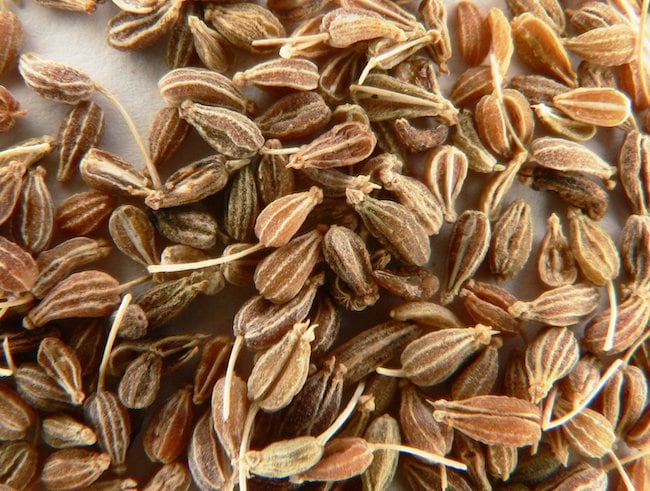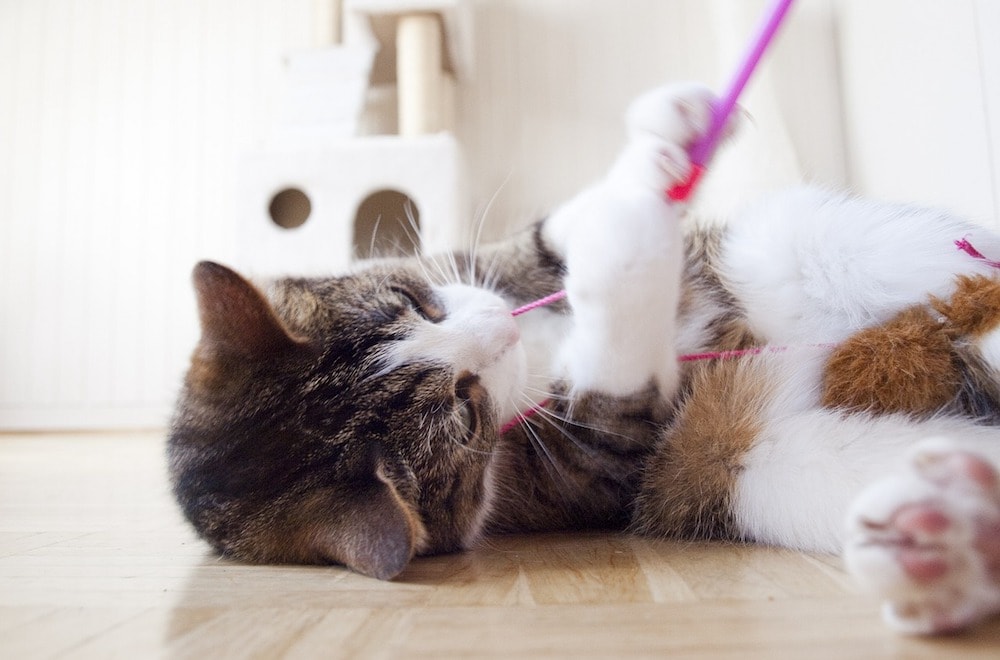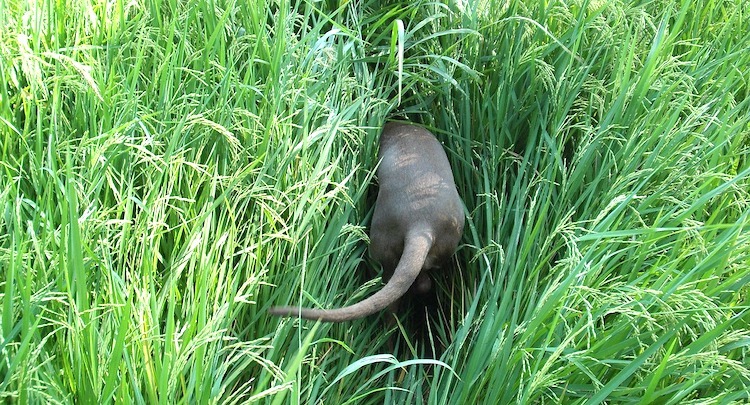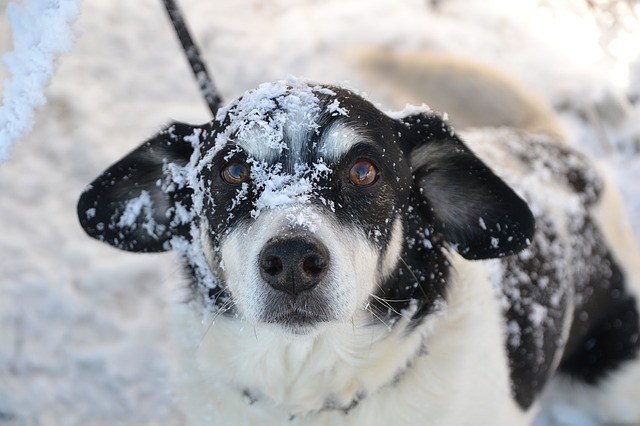Even people who have never owned a cat are familiar with the psychedelic, tripped-out, mellow effect catnip seems to have on big cats and kittens alike.
Buying catnip can even make you feel a little bit suspect, despite it coming in a baggie from the pet store.
But just what’s the story with catnip, what effect does it have on dogs, and is there anything else that could have a catnip-like effect on your pooch? Today we’re taking a closer look…
What Exactly is Catnip and Why Do Cats Love it?
We’ve got to talk to you about catnip. No, seriously, let’s get that out of the way first.
What most of us know as catnip is also known as catwort or catmint and is, in fact, closely related to mint. The scientific name for true catnip is Nepeta cataria and you’ll find it in most pet stores, a huge amount of pet toys, and – of course – growing in gardens and pots all over the world, mostly for kitty pleasure.

There are other strains, too: Camphor, Greek, Lemon and Persian are some of them. What causes the trippy effect when cats consume catnip – excitedness, highly dilated pupils, we all know the deal – is an ingredient known as nepetalactone, which is interestingly enough also found in tartarian honeysuckle wood shavings. (The same chemical is also known for keeping mosquitoes at bay, and you can make an anti-mosquito spray from catnip at home, too.)
The Effect of Catnip on Dogs
It’s generally agreed that catnip doesn’t have the same effect on dogs at all: The effect of catnip on dogs ranges from nothing at all – due to a gene which regulates just how susceptible to catnip they are – to a mild sedative effect: Yes, that’s the exact opposite of what it does to cats.
It’s also generally agreed that catnip is completely safe to give to your dogs, and if it happens to do nothing to your pooch then at least it will keep the bugs far away from you and them!
Is There a Catnip Equivalent For Dogs?
There is in fact a catnip equivalent for dogs, and it’s called anise.

You may already know what anise is: it’s that licorice-tasting spice that most folks love or hate. It’s an ingredient in absinthe (the green fairy drink) and it comes from the carrots and parsley family, believe it or not.
It turns out that anise is the canine’s catnip. YouTube offers plenty of concrete proof: there are more than enough videos from dog users reporting that their dogs go absolutely hyper when they get their anise seed treats.
Where Can I Buy Anise For My Dog?
You can usually purchase anise from your local pet store, or you can just buy some anise seeds and mix them into your dog’s favorite home-made treat recipe and save them for special occasions (we suggest calling them Scooby Snacks )
Is Anise Safe For Dogs?
Yes, anise is generally safe for a fun afternoon with your pooch. The ASPCA points out that anise should be given to dogs in moderate quantities, as too much of the extract can lead to physical issues like stomach upsets or nervous system depression. See a searchable list of dog (and cat) toxins from the ASPCA to learn more about what you can and can’t give your pooch.
Dogs Natural Magazine points out that people should distinguish well between anise (Pimpinella anisum), fennel (Foeniculum vulgare) and licorice (Glycyrrhiza glabra) and their varying effects on dogs as each of them can be beneficial to your dog in small amounts for different conditions. Anise can help with a cough, fennel can be good for arthritis, and licorice is said to ease Addison’s disease.
It’s also worth noting – anise is not the same thing as Illicium verum, more commonly known as star anise.
Aniseed Dog Treats Recipe
We found a great recipe for Aniseed dog treats from Wag the Dog. The ingredients are simple enough and you can add or subtract depending on what you have around and your dog’s individual needs.
Ingredients:
- A cup of flour
- A cup of oatmeal
- Four tablespoons of vegetable oil (or coconut, we’d recommend!)
- A cup of chicken or beef stock
- A tablespoon of baking powder
- A cup of grated carrot
- Two tablespoons of powdered anise
Instructions: Preheat your oven (to 180 degrees Celsius or 350 degrees Farenheit according to their recipe), mix the ingredients together and stick it in the oven – on a wax paper-lined baking tray is likely best – until golden.
Have you mixed aniseed into your dog’s favorite treats and been there to film the result? Does your dog go nuts for anything else that you could share with the rest of us? Let us know in the comments!








Leave a Comment